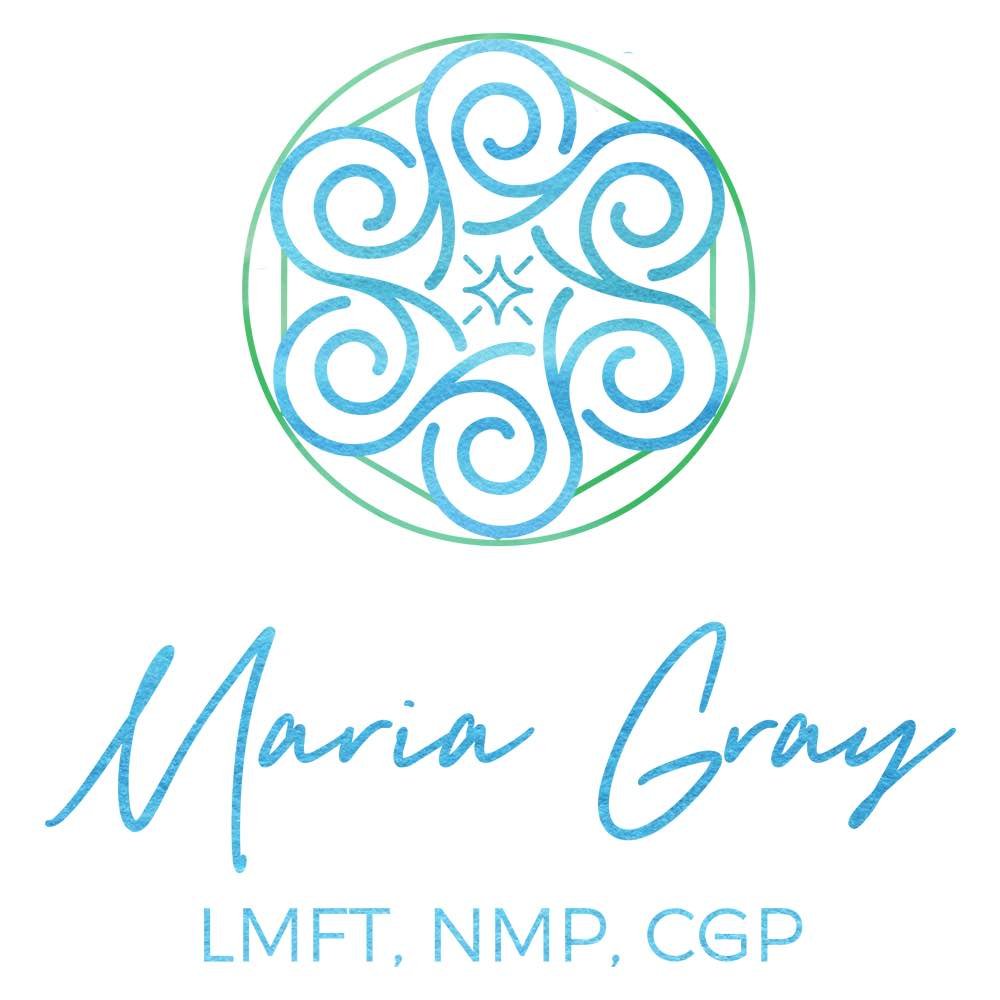Eye Movement Desensitization & Reprocessing Therapy
In his 2014 book “The Body Keeps The Score” Bessel van der Kolk writes; “EMDR loosens up something in the mind/brain that gives people rapid access to loosely associated memories and images from their past. This seems to help them put traumatic experience into a larger context or perspective.” He emphasizes the fact that EMDR is not about asking clients to talk about the details of their traumas, but rather EMDR entails “regulating the intense memories activated by trauma.” In a 2018 Esquire article, The comedian Adam Cayton-Holland describes the ways EMDR helped him process the tragic death of his sister. This 2024 article in Forbes magazine describes some of the benefits of EMDR therapy.
Eye Movement Desensitization and Reprocessing therapy (EMDR), was created by Francine Shapiro, PhD, a clinical psychologist. It is a treatment approach that enables clients to safely deal with traumatic memories in the here and now. It is a highly effective treatment for PTSD, based on the findings of over 20 controlled research studies.
EMDR targets unprocessed or “stuck” memories that are comprised of negative beliefs, emotions and physical sensations. First the client brings up an image of the event and then the therapist will ask the client to notice any negative thoughts and/or sensations in the body. Once the client has an awareness of his/her somatic and cognitive state, the therapist begins the process of Bilateral Stimulation, instructing the client to follow her fingers with her eyes.
Eye movements activate the brain’s information processing system so that old memories can safely be processed in the present. Bilateral Stimulation (BLS) can also be done using taps or auditory tones. The BLS results in the brain starting to make different connections which allow the client to safely process the memory with the therapist’s support.
I am an EMDR certified therapist, and a member of EMDRIA. I'm trained in Attachment Focused EMDR, which was created by Dr. Laurel Parnell, and I utilize EMDR in person in my Santa Monica office and virtually in the states of California and Texas. To learn more about EMDR, watch the video on the right side of the page.
If you’d like to learn more about the diffrences between EMDR and Brainspotting you can watch this short excerpt from a presentation I gave at the 2023 CAMFT conference in Northern California.
The differences between EMDR and Brainspotting


